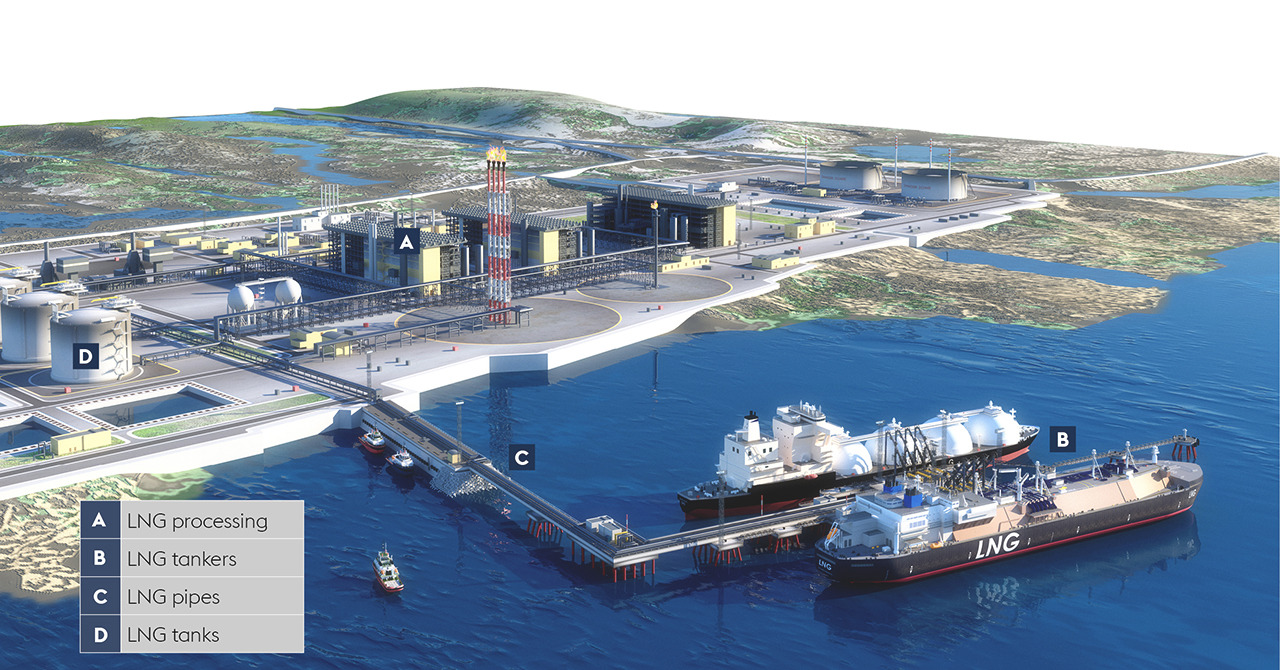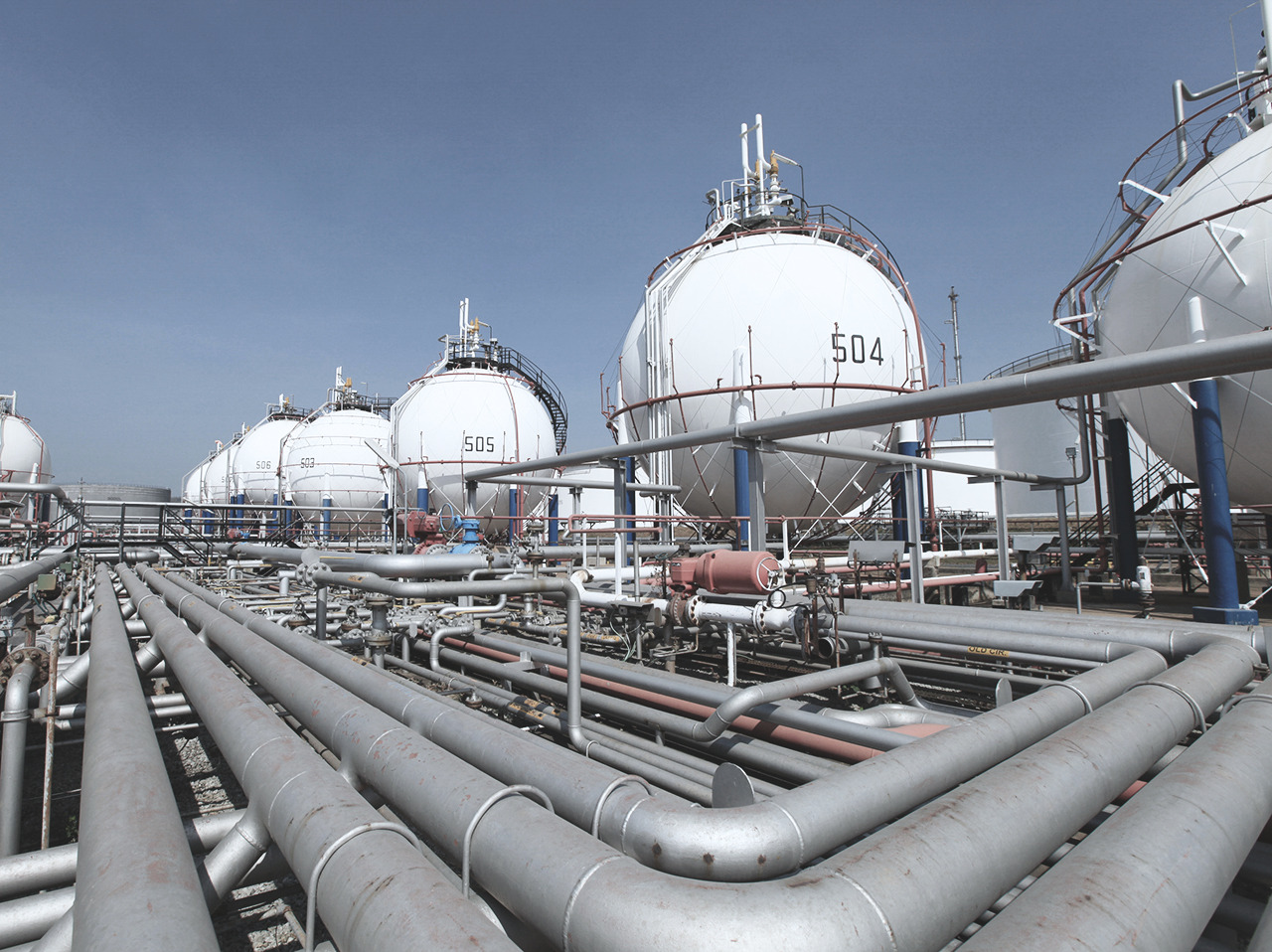voestalpine Böhler Welding offers welding consumables for the construction of cryogenic tanks, production equipment for the liquefaction and regasification of gas and transportation by tankers or pipelines. We offer innovative welding solutions together with innovative steel development thanks to the strong collaboration with our sister company voestalpine Heavy Plates.

Storage - LNG Tanks

Natural gas becomes liquid at a temperature of -163°C. This means that in order to contain natural gas in a large storage tank at this temperature, it is necessary to use steels classified for cryogenic temperature applications. Nickel steels are typically used here.
The API 620 design and construction rules for cryogenic tanks determine the plate classification to be used; all of these have been tested at -196°C.
ASTM A553 type I is the most classical nickel steel used on the market, with a nickel content of 9%. Recently, our sister company voestalpine heavy plates has been working on the production of ASTM A645 grade B steel, that displays identical mechanical properties to the A553 but has only 6% of nickel, making it very economical.
In terms of welding solutions, Böhler Welding has long supplied nickel-based consumables for the welding of nickel steels. We have 25 years worth of references in projects all over the world. Manual stick electrodes, semi-automatic flux cored wires or submerged arc welding are all part of our product range and meet the most demanding requirements of the market.
Processing - LNG Trains for Liquefaction or Regasification
After the pretreatment of the natural gas, which consists of mercury removal, sweetening (CO2/H2S) and drying (H2O), a natural gas liquids separation process is applied in order to remove all of the possible condensates as well as more valuable pure components like LPG, ethane, butane or methane. Nitrogen is then also extracted down to a level of about 1%.
The gas then passes through a complex system of coolers to reach its cryogenic storage temperature. Cooling takes place in complex system of aluminium heat exchangers.
Transportation - LNG Pipes and Tanks


Cryogenic pipelines are laid between the processing plant and the LNG carrier to transport the liquid natural gas from its cryogenic storage tank to the LNG tanker. These pipes are usually made of stainless steel, which is suitable for cryogenic applications.
Specific stainless steel welding consumables have been developed and are produced by Böhler Welding to achieve the required impact energy at -196°C.
Liquid natural gas can be transported by overseas tankers. Nickel steels are used for the tanker’s vessel. Böhler Welding has developed cost effective welding solutions that are efficient compared to standard nickel alloys.